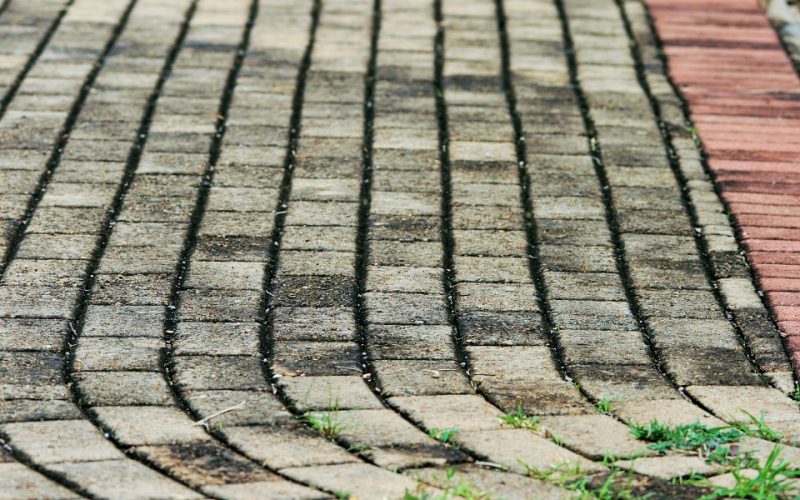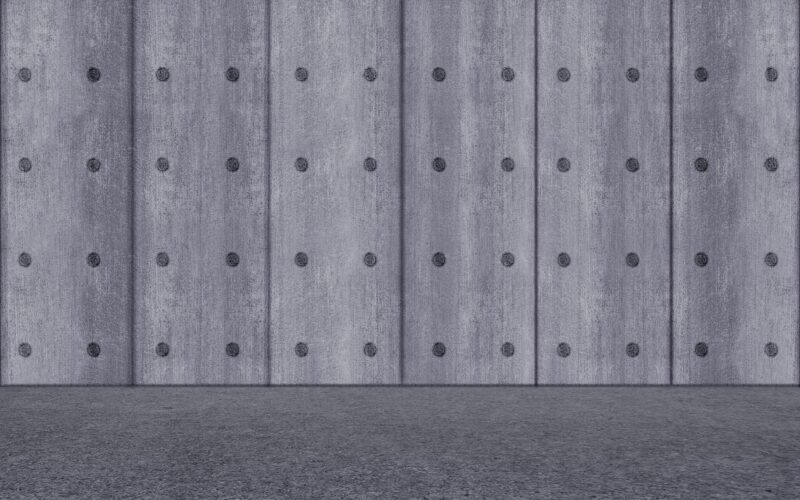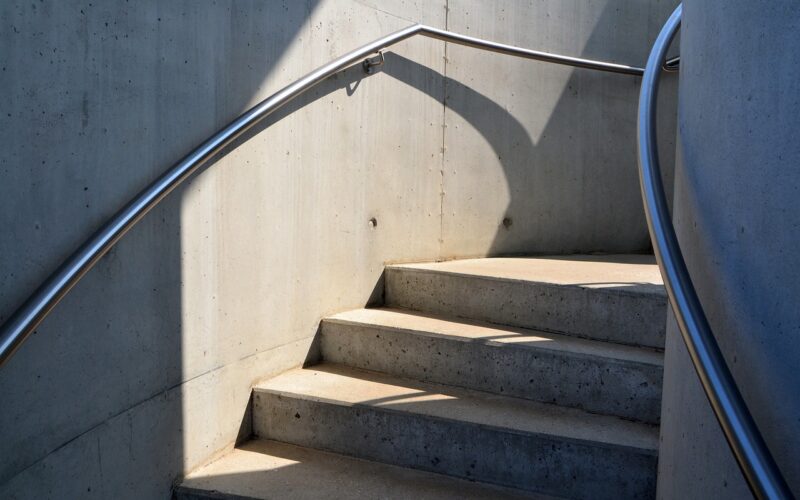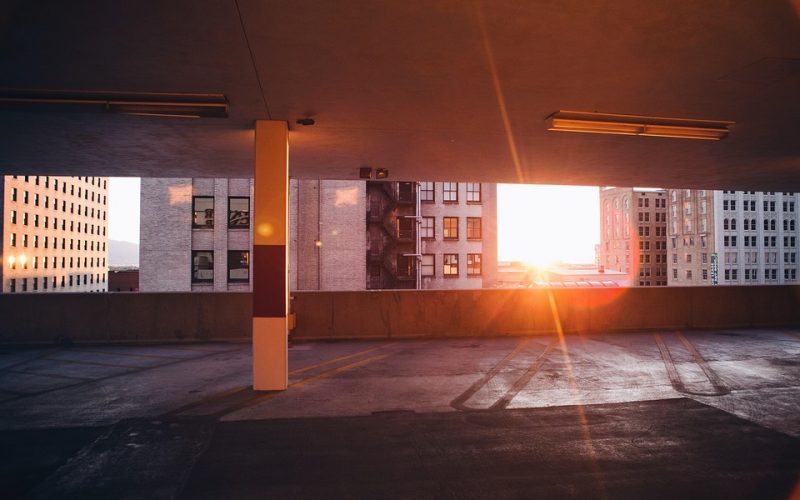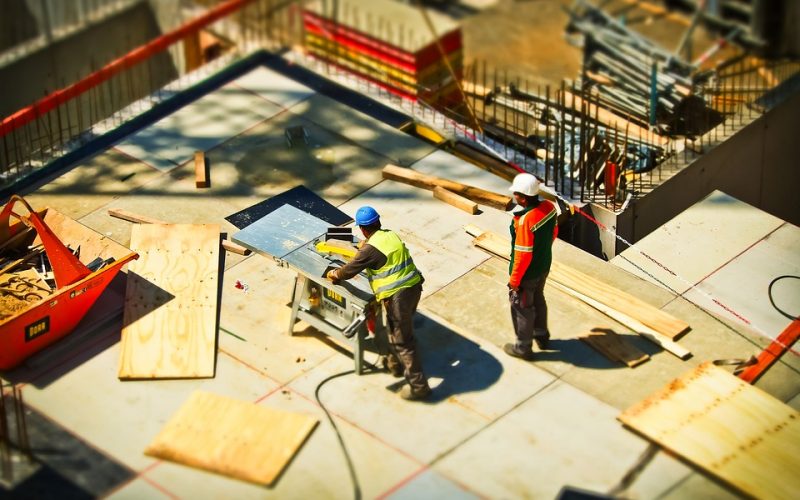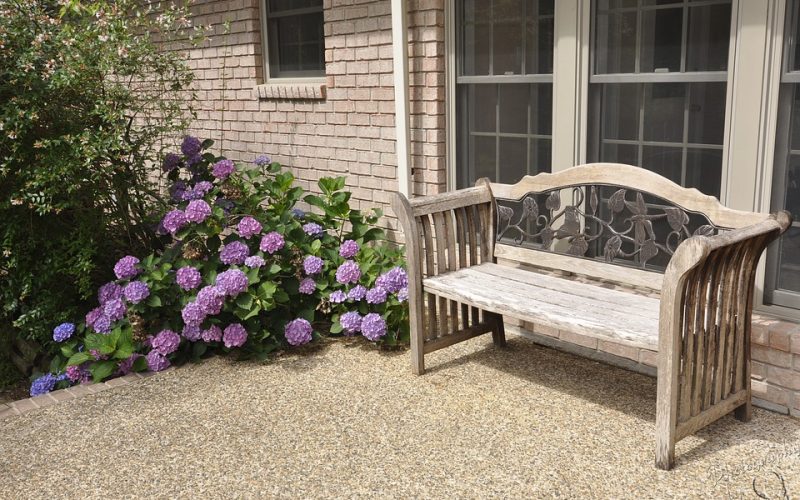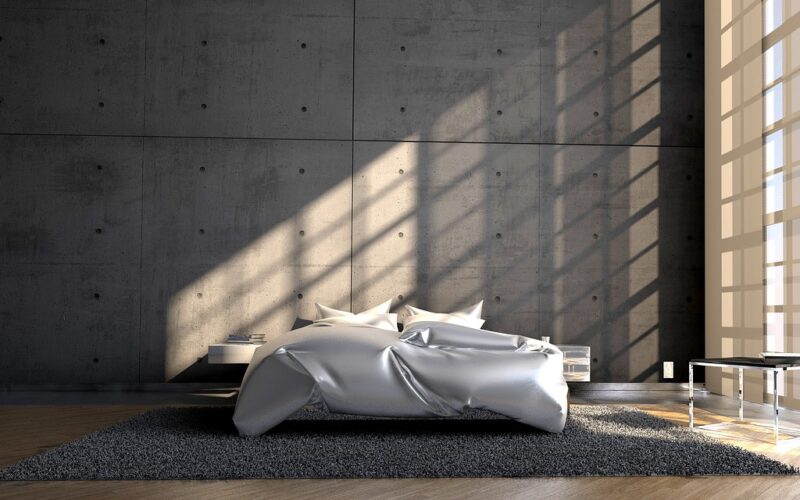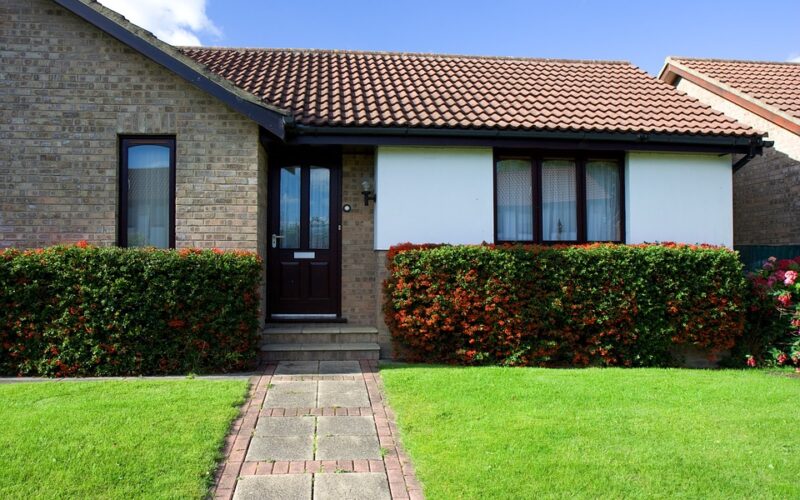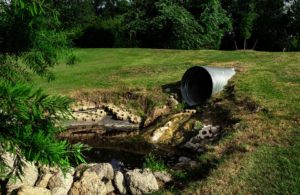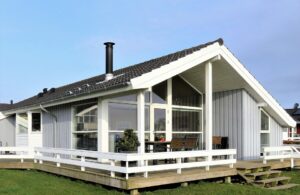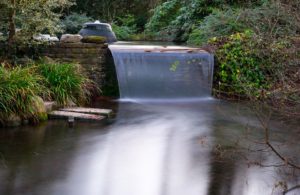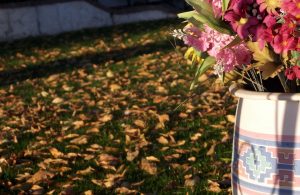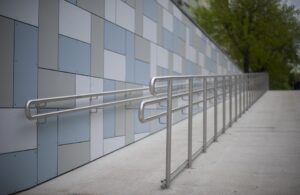Landscaping for Large Projects
A complex of buildings is often interconnected with paths and walkways. This is no accident, and planning the landscape is an important factor in project design. Each path or walkway must look good and be useful. The question of garden beds or hedges is part of the design planning. Trees must be spaced to shade the walks without the roots destroying them. While these are all important design factors, the materials to be used have a large effect on the entire project. New construction must now have a plan for containing runoff during rain storms.
There are two types of paving material used for creating walkways and paths. Porous paving is made of material such as concrete. When it rains, water seeps into the concrete and eventually flows through it. This takes time, but eventually the water will filter into the ground. The other type of paving material used is called permeable paving. This type of material is usually dried aggregates that allow for space left between the pavers. The type of material matters less than the space. Between each paver, a space must be left empty. This is where the rainwater will flow. Grass and gravel are two of the most common materials used to fill these spaces. The water will flow through them and into the ground as it runs off the pavers. Using this method to create walkways is very popular. It allows pleasing patterns to be created while controlling runoff.
No matter what type of paver is used, rain water runoff is always an issue with landscaping. Low spots will collect water and turn muddy. High spots will create runoff streams that can carry grass, dirt and small rocks into places where they do not belong. New environmental laws have been enacted to stop rainwater from flowing off landscaping. It needs to be absorbed instead. Planning and good execution are two ways to stop these issues before they start. A good design is one where rain water is quickly absorbed by the ground. This eliminates the need for specialized areas to contain the water and avoid runoff issues.
